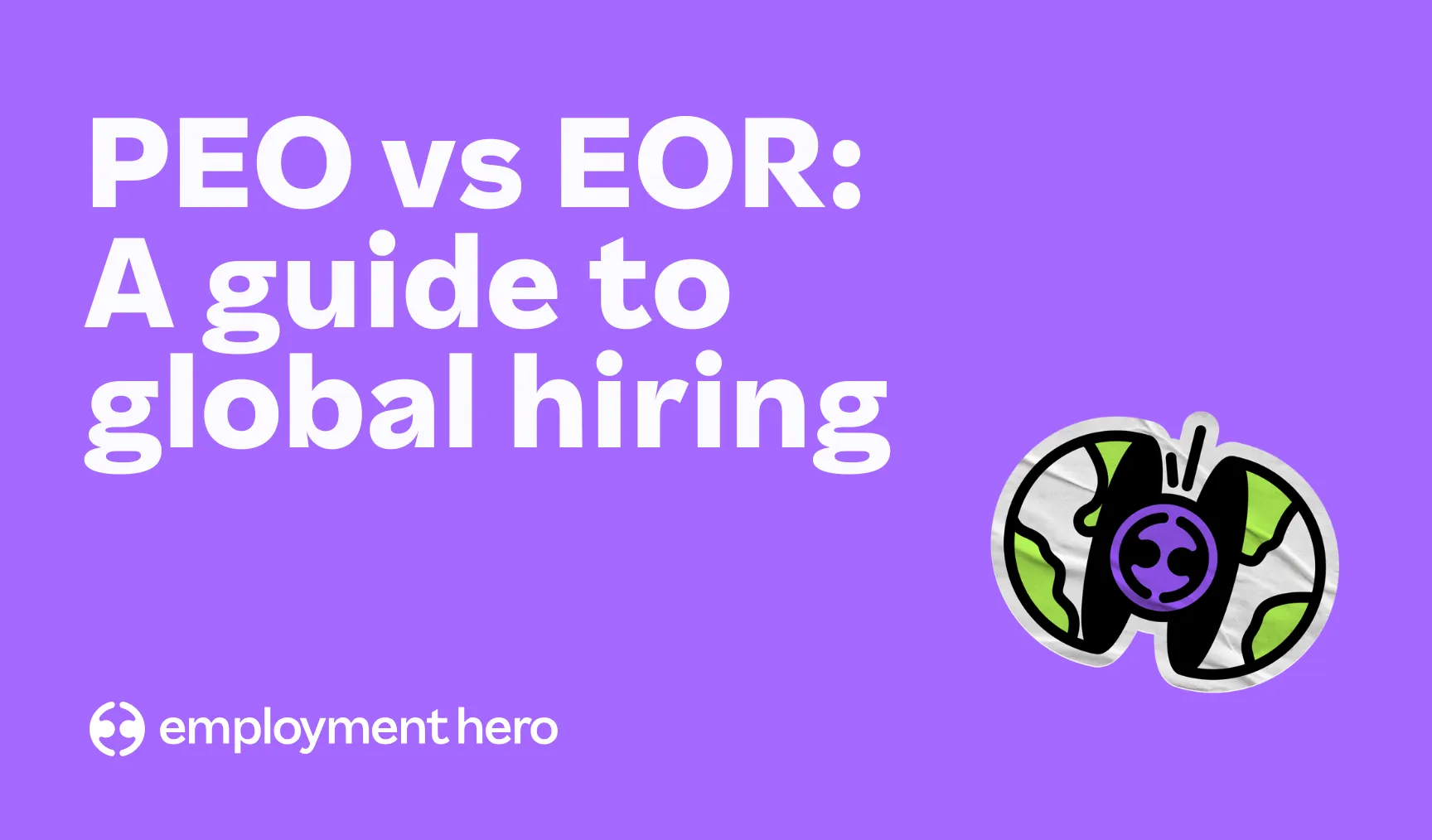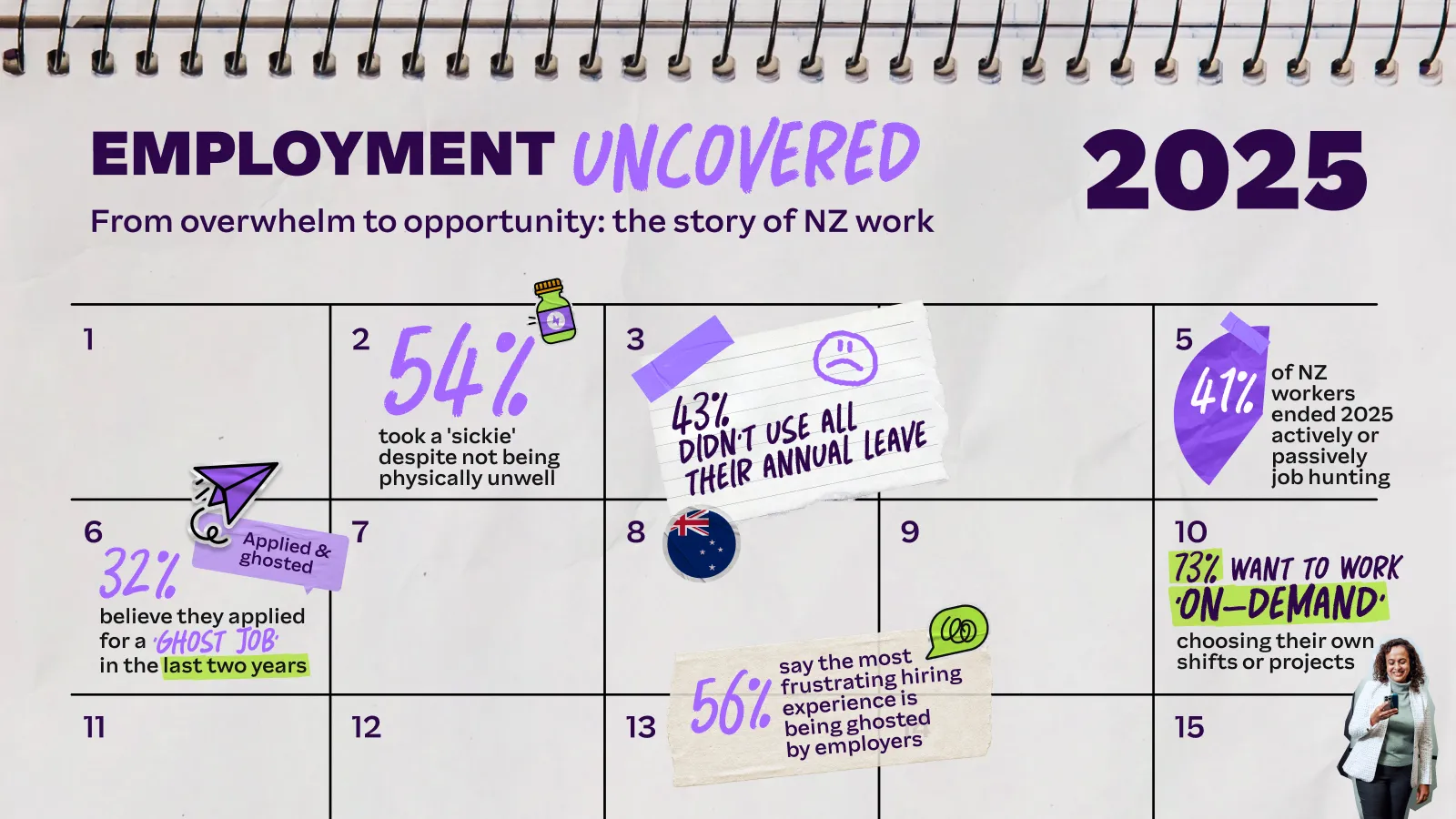Parental leave: What are “keeping in touch” days?
We’re here to take you through how ‘keeping in touch’ days work, whether they’re a legal requirement and how to use them while remaining compliant.

Contents
Welcoming a new child into your home is an exciting time. For those taking parental leave, having that time away from work will give them the opportunity to spend time with their new arrival and find a ‘new normal’ in their day to day life.
Of course, while parental leave is a critical benefit for new parents, it can arrive with some mixed feelings. Employees may feel a little torn about leaving their workplace and their responsibilities in another person’s hands. They may worry that they’ll be out of the loop on their return, and that when that happens, it’ll be a steep learning curve.
That’s where the concept of “keeping in touch” (KIT) days can help, both for the employee and the employer. We’re here to take you through how they work, whether they’re a legal requirement and how to use them while remaining compliant.
First up – a parental leave overview
Whether an employee is legally entitled to parental leave and the length of time they’re entitled to can be complicated, and depends on a number of factors. It’s important that employers are aware of eligibility requirements and what is required of them to ensure an easy and fair process.
In order to be eligible for parental leave in New Zealand, you need to meet the following criteria:
- You work for a NZ employer,
- You will have worked as an employee for an average of 10 hours a week for any 26 weeks of the 52 weeks before the child arrives (not necessarily for the same employer throughout),
- You pay income tax to Inland Revenue, and
- You’re in an employment relationship which is subject to employment law.
Eligible employees must give their employers at least 14 days written notice if they want to take parental leave.
Government parental leave payments are available for eligible employees on parental leave and can be applied to through Inland Revenue. Like leave, the length of these payments varies on the employees’ working situation, whether they’re a primary or secondary carer, and the length of time they have worked for their employer.

“Keeping in touch” days explained
Employers have a legal obligation to keep in touch with staff on parental leave about major workplace developments, such as new policies or promotion opportunities.
However, to smooth over the transition between parental leave and returning to work, those on parental leave can also choose to perform work during “keeping in touch” days from time to time, provided that their employee also agrees.
For example, a KIT day could be used for a team strategy day or to attend an important meeting.
The legal requirements
KIT days must be used carefully and within certain rules. Otherwise, an employee could be considered as being back at work, and lose access to their government parental leave payments. The rules are:
- That the employee only does a maximum total of 64 hours of paid work for their employer during their parental leave payment period, and
- That the work is not done within the first 28 days after the birth of the child.
The employee could work full days, part days, a few hours at a time or 64 hours in a consecutive period.
An exception applies to primary carers of preterm babies who are receiving a preterm baby payment. They are eligible for additional “keeping in touch” days and may work on KIT days during the preterm baby payment period for up to a total of 3 hours, multiplied by the number of weeks that they receive the payment. These additional work hours do not affect the ability of these parents to get parental leave payments or take regular KIT days.
What employees can do on these days
Employees may choose to complete a number of work-related activities during “keeping in touch” days, but they must contribute to the employee’s transition back to work. These could include:
- Refreshing their skills
- Taking part in decisions that affect their role
- Becoming familiar with new processes and procedures
- Preparing for any large changes happening in the company
- Catching up with coworkers and meeting new team members
It’s important to note that social gatherings and visiting colleagues to introduce your little one are not covered under KIT days.
How employers should process payroll for KIT days
Whatever hours the employee has worked as part of their “keeping in touch” days must be paid at their normal working wage for the time worked. As an employer, it’s your responsibility to ensure that any hours worked under KIT days are paid accurately and on time.
If an employee doesn’t return to work following their leave
Should an employee decide not to return to their place of work after taking parental leave, the employment period is considered to have ended at the start of taking parental leave. This means that “keeping in touch” days are not included.
With that in mind, employers should not include any KIT day payments when calculating the 8% gross earnings of leftover annual leave in their final pay.

How can employers manage KIT days?
As with any type of leave, employers should ensure that they’re managing leave compliantly and communicating clearly with their team. KIT days are frequently used by those who take parental leave so employers should ensure that they are prepared with a set approach.
Implement a workplace policy
To ensure fairness and to support compliance, it’s helpful to have a workplace policy around how KIT days are managed – or to include details in your parental leave policy. This way, you can outline the legal requirements for employees using KIT days, make it clear what the days should be used for and also make it easy for managers to understand the process when managing direct reports. With one approach for all, you also can ensure that no employee is getting preferential treatment.
If workplace policies can be a bit of a drag, you might want to consider getting HR software to help. Software like Employment Hero allows you to choose and customise from their extensive policy template library, and send out policies for digital acknowledgement across the team. It’s a super easy way to support compliance.
Ensure your employee is using them accurately
The details around KIT days aren’t always super clear – after all, it’s taken this blog a good few words to clarify! With that in mind, as an employer it can be beneficial to make sure that any employee taking parental leave knows whether you are happy for them to use KIT days (if they want to), and if so, how they should be used.
If you’re not a direct manager for the employee, you might want to consider clarifying that information with their manager, so that the employee is getting the right support. Or, to kill two birds with one stone, factor information around parental leave and KIT days into your next management training session.
Keep up communication
Remember that it’s not the responsibility of the employee to stay up to date with all workplace changes, and you shouldn’t rely solely on “keeping in touch” days. Managers must inform any reports on parental leave in the event of anything important affecting their role, or any promotion opportunities.
It’s beneficial for both the employer and employee if both parties maintain a certain level of communication throughout the leave period. By this, we don’t mean asking them to complete any work-related tasks or bothering them with work questions, but rather informing them of any big company changes and important workplace events they might want to attend. The employee may find this useful for when they return to the workplace in the future.
Just remember that as an employee on leave, they’re not obligated to partake in anything related to work until the time comes for them to return to the office.
Finally, it can be helpful for the employee or their manager to communicate upcoming KIT days across the team – whether that’s by email or through setting up an event in a shared calendar. That way your team knows when they can expect to see their colleague back online.
Effective leave management for New Zealand employers
Well done for getting through this blog – we hope that your employees on parental leave enjoy their precious time with their new arrivals. Your next step as an awesome, inclusive employer is to make sure that you have a solid leave management guide if you haven’t already done so. Make sure that any updates are communicated to your team so that they are aware of any changes.
Our top tip? Using an employee management software will make things a whole lot easier for you – and your team. With leave management made easy, and a handy employee self-service tool via our mobile app for them to easily request leave – think of all that time you’ll be saving!
By the way – it also helps you manage any paperwork and stores your staff’s personal or financial information all in one handy place. You can keep all those records and certificates you need for Inland Revenue, by simply attaching it to your team members’ profile when the time comes. We’ve got your back so you can start focusing on the things you’ve been meaning to do.
Disclaimer: The information in this article is current as at 20 June 2024, and has been prepared by Employment Hero Pty Ltd (ABN 11 160 047 709) and its related bodies corporate (Employment Hero). The views expressed in this article are general information only, are provided in good faith to assist employers and their employees, and should not be relied on as professional advice. The Information is based on data supplied by third parties. While such data is believed to be accurate, it has not been independently verified and no warranties are given that it is complete, accurate, up to date or fit for the purpose for which it is required. Employment Hero does not accept responsibility for any inaccuracy in such data and is not liable for any loss or damages arising either directly or indirectly as a result of reliance on, use of or inability to use any information provided in this article. You should undertake your own research and to seek professional advice before making any decisions or relying on the information in this article.
Related Resources
-
 Read more: PEO vs. EOR: A guide to global hiring
Read more: PEO vs. EOR: A guide to global hiringPEO vs. EOR: A guide to global hiring
Learn the key differences between a PEO and an EOR. Discover why an EOR is the smarter, safer way to…
-
 Read more: How to build a global team without a local entity
Read more: How to build a global team without a local entityHow to build a global team without a local entity
Learn how to streamline your hiring and expand your NZ business globally with an Employer of Record (EOR) without the…
-
 Read more: Employment Uncovered: Inside the Story of New Zealand Work in 2025
Read more: Employment Uncovered: Inside the Story of New Zealand Work in 2025Employment Uncovered: Inside the Story of New Zealand Work in 2025
Inside the story of NZ work in 2025. From rising ‘sickies’ to hiring fatigue, see how Kiwi work patterns are…





















